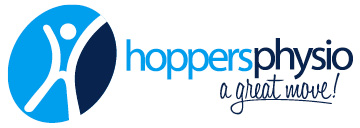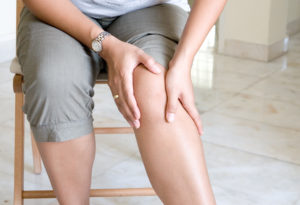Osteoarthritis – What you need to know
What is osteoarthritis?
A common expression for osteoarthritis (OA) you may have heard is “bone on bone”. However, there is much more to it than that. OA in a nutshell is a natural aging process in which the cartilage that lines the end of a bone in a joint begin to thin, causing an overall reduction in joint space between two or more bones. This means that not all cases of OA are “bone on bone”, which may only be apparent in severe cases rather than those with mild or moderate OA.
There are two different types of OA, being primary and secondary. The difference between the two is described as such:
Primary OA:
- Wear and tear on the body that occurs naturally as we age.
- Typically begins to occur between the ages of 55 to 60.
- Can happen earlier in some people depending on lifestyle habits, which follows into secondary OA.
Secondary OA – usually a specific trigger that exacerbates cartilage breakdown.
- Injury such as bone fractures.
- Inactivity/sedentary lifestyle.
Signs and symptoms
OA may be present in most major joints of the body, most typically the knee, hip or lower back. Signs and symptoms vary person to person, but typically are as follows:
- Pain – typically increases with fatigue and decreases with rest. Tends to occur in the morning or after a period of inactivity and can feel like a dull ache or sometimes as a short, sharp peak in pain.
- Reduced range of motion.
- Sounds (along with elevation in symptoms) – as per a previous Hoppers Physio blog post, noisy joints are normal! If the noise is not accompanied with pain, this is okay.
- Mild swelling around the joint.
What can be done?
In only severe cases of OA, a review with an orthopeadic surgeon may be recommended to see if surgery would be most beneficial. In most cases though, Physiotherapy is a highly effective treatment method for OA. Conservative treatment in conjunction with your Physiotherapist has been shown to be a highly effective method of not only reducing signs and symptoms, but improving overall quality of life. Treatment for OA with your Physiotherapist will typically include:
- Exercise therapy – movement is medicine!
- Hydrotherapy – joint movement and exercise in warm water helps with joint range of motion and reducing the impacts of joint loading that occur with land-based exercise.
- Use of heat packs for relief of acute symptoms, typically in the mornings prior to movement occurring.
If you feel you tick any of these boxes, call the clinic on (03) 9749 5110 to talk to one of our friendly reception staff who can book you in with an experienced Physiotherapist who will conduct an assessment to see if OA is a likely cause of your pain.
“Health can never be divorced from strength”- George Hackenschmidt

